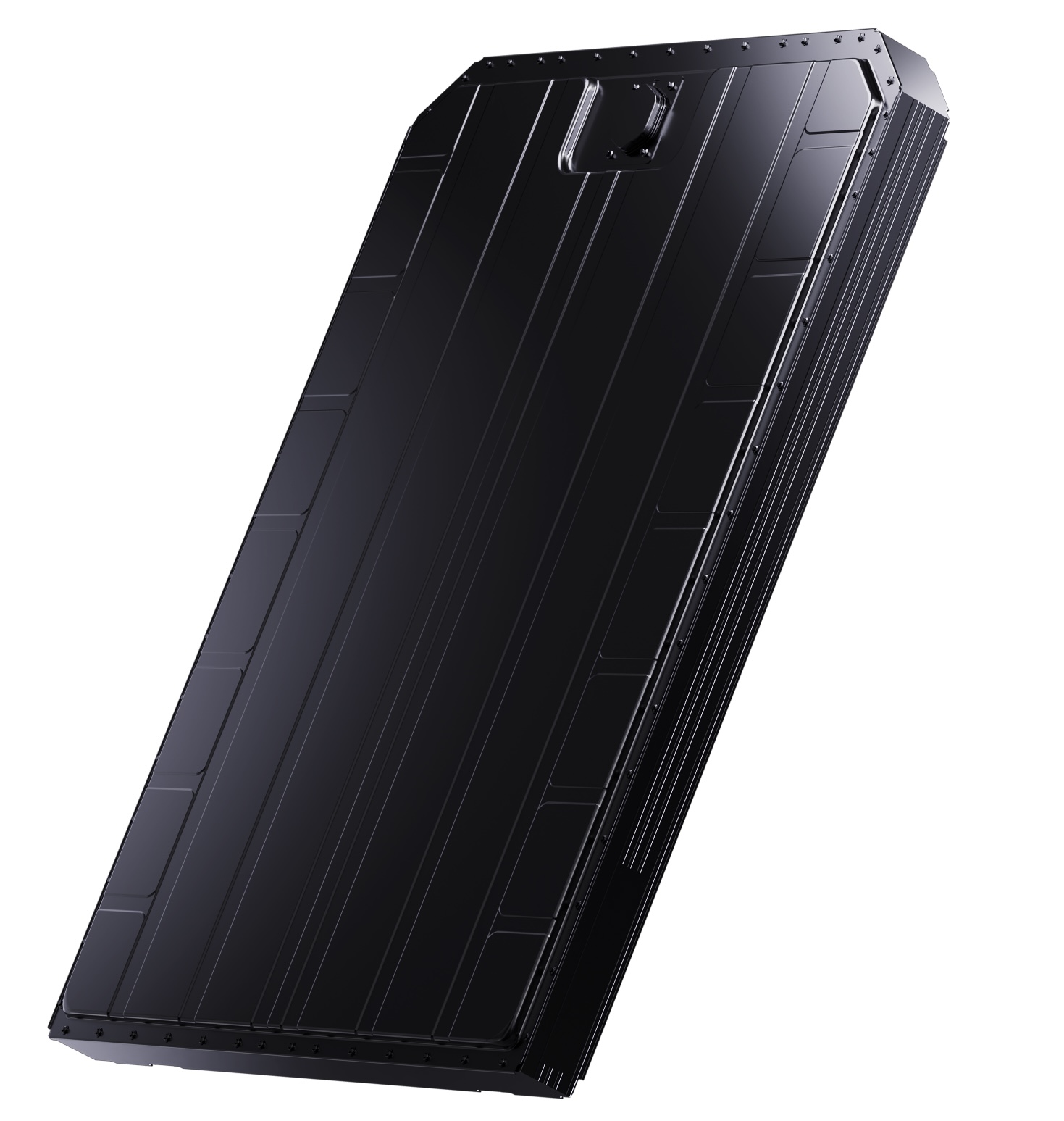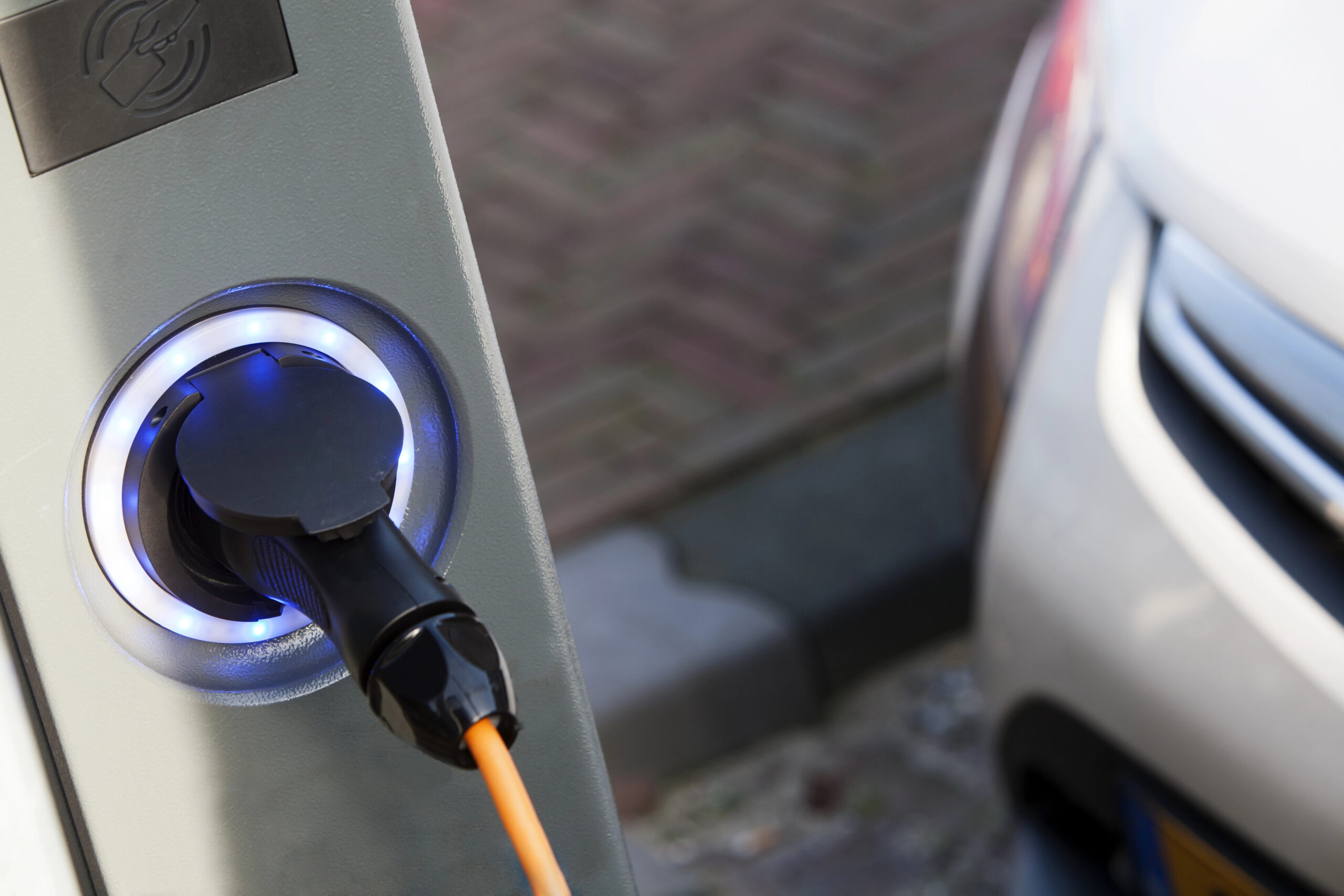With a dominant share in the EV battery market, CATL supplies 16 major automakers and manufactures around one-third of global production.
As the world’s top EV battery maker, China CATL has unveiled innovations that could make electric cars more affordable, quicker to charge, and better suited for cold climates. All while increasing driving range, CATL is narrowing the gap with petrol-powered vehicles.

CATL introduced its new sodium-ion battery brand, Naxtra, on Monday, with mass production slated to begin by December.
In addition, CATL has introduced the second iteration of its rapid-charging Shenxing battery for electric vehicles, strengthening its position in the industry. In 2021, the company pioneered the launch of the first sodium-ion battery by a major manufacturer.
Experts suggest that sodium’s affordability and availability make it a promising alternative to conventional battery materials, with the added benefit of enhancing fire safety in EVs.
The New York Times reports that CATL’s key breakthroughs feature graphite-free auxiliary batteries—its most unexpected innovation—designed to improve energy density and provide backup power, alongside a fast-charging system that adds 320 miles of range in five minutes and cold-resistant sodium-ion batteries.
While specific innovations will require 2–3 years before mass adoption, experts recognise their significance in driving EV technology forward. CATL—short for Contemporary Amperex Technology Company Ltd—manufactures approximately one-third of the world’s electric vehicle batteries, serving 16 top automakers such as General Motors and Tesla’s Shanghai facility.
Additionally, Reuters reports that Robin Zeng, CATL’s billionaire founder, envisions sodium-ion batteries eventually capturing up to half of the existing lithium iron phosphate (LFP) battery market—a sector in which CATL maintains a strong lead.
BYD, a primary electric vehicle and battery manufacturer, and Huawei, a Chinese tech giant expanding into auto parts production, have introduced supercharging systems capable of achieving a five-minute charge. In November last year, BYD revealed plans to launch a next-generation Blade Battery in 2025. This compact lithium-iron-phosphate battery is praised by BYD’s chairperson, Wang Chuanfu, for its enhanced safety and fire-resistant design.

This year, over 67 new EV models will feature CATL’s Shenxing battery, though it’s unclear which variant will be used. CATL’s batteries already support more than 18 million vehicles across 66 countries. Additionally, the company has unveiled a battery system modelled after twin-engine jet configurations to enhance EV safety.
CATL has revealed that its sodium-ion batteries will first be used in freight trucks from First Auto Works, a Changchun-based automaker in China’s harsh northeastern climate, where temperatures often plummet below zero.
Sodium-ion battery development has become a major priority for China’s electric vehicle industry, which is seeking solutions for the frigid winters in its northern regions near Mongolia and Siberia.
The heavy tariffs imposed by Donald Trump on China threaten to increase the cost of parts and cars, potentially undermining CATL’s production and market edge. CATL has declined to comment on the tariffs, and the company has denied allegations from the US Defence Department regarding ties to the Chinese military.
As battery technology evolves, CATL’s innovations signal a transformative shift in the electric vehicle market. With advancements in charging speed, energy density, and cold-weather performance, these breakthroughs could redefine industry standards and accelerate the transition to cleaner transportation. As the world moves toward a more sustainable future, all eyes are on CATL and the next wave of EV battery technology.


